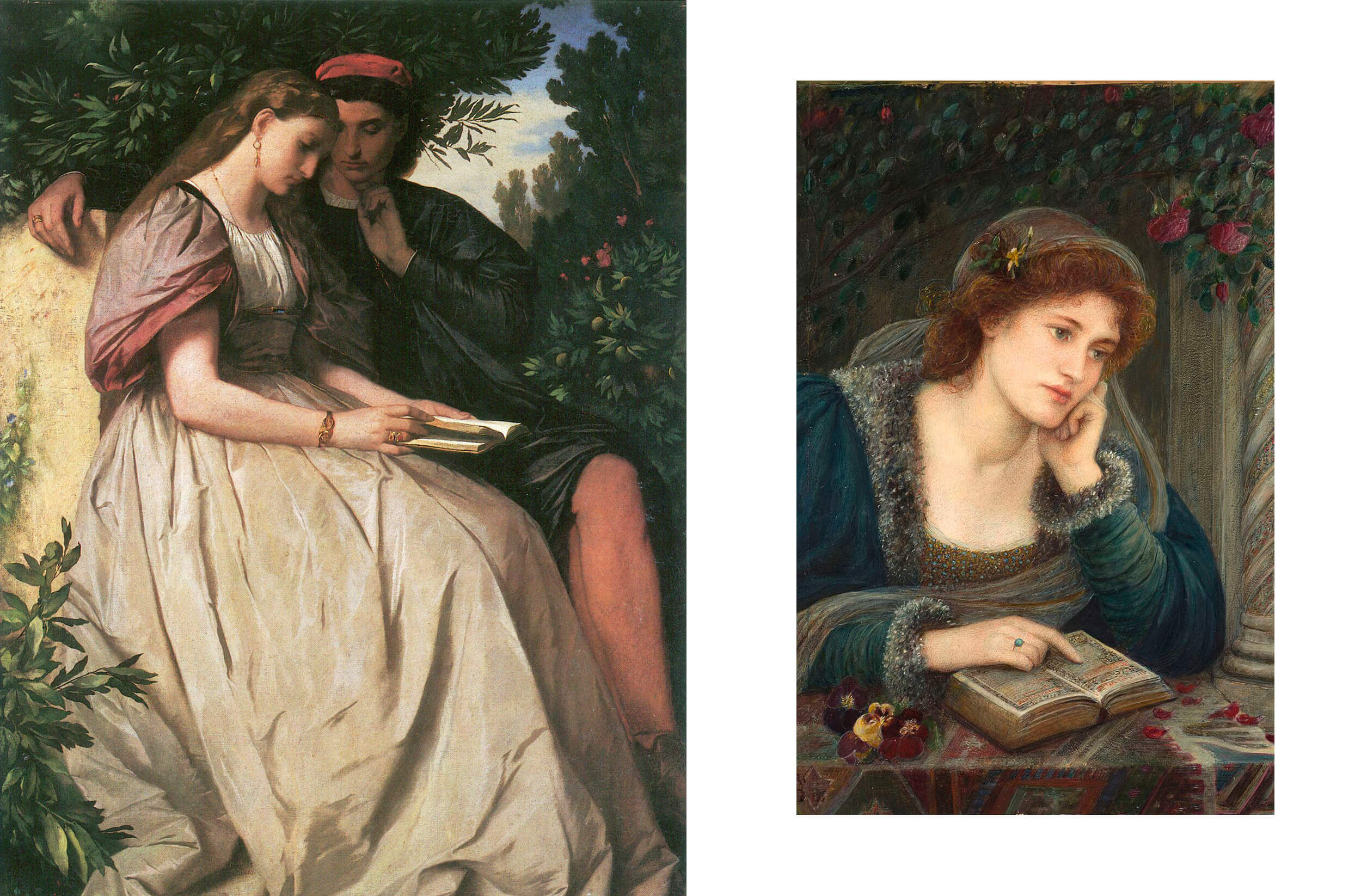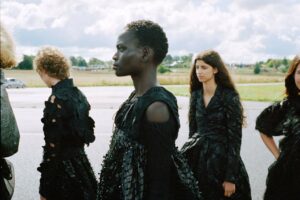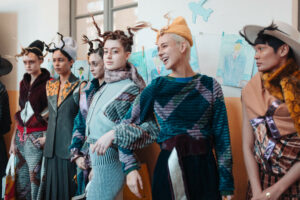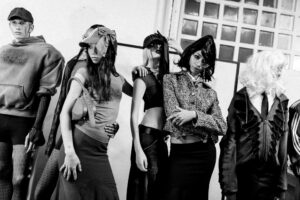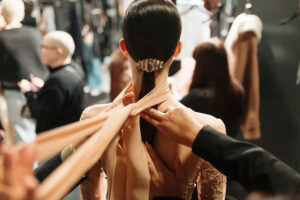700 years ago, Dante Alighieri died: he was the “Sommo Poeta” (“Supreme Poet”), author of verses and unforgettable masterpieces of prose, the father of the Italian language, and one of the greatest exponents of Italian literature.
700 years later, in addition to the usual Italian National Day dedicated to Dante Alighieri that falls every year on March 25th (a date recognized as the beginning of the poet’s journey to the afterlife in the “Divine Comedy”), we are in 2021, a year entirely dedicated to the celebration of his work and artistic heritage.
You could begin to talk about Dante from many different angles: from his works (we cannot, for example, avoid mentioning “La Vita Nova” (“The New Life”), the celebration of the poet’s love for Beatrice, and “De Vulgari Eloquentia” (“On the Eloquence in the Vernacular”), the treaty in which he defends the validity of the Italian vernacular), his troubled personal life culminating with the exile from his beloved Florence, his contribution to the linguistic, political and philosophical debate in the “Italy” of the beginning of the 1300s… However, we’ve decided to begin with his absolute masterpiece, the “Divine Comedy,” and we do it by changing the narrative: we focus on women, the memorable female figures whom Dante meets in the three “Cantiche” (Hell, Purgatory, and Paradise). In detail, we talk about these women from a contemporary perspective, starting with the following question:
“If they would have lived in 2021, how would they have expressed themselves through fashion?”
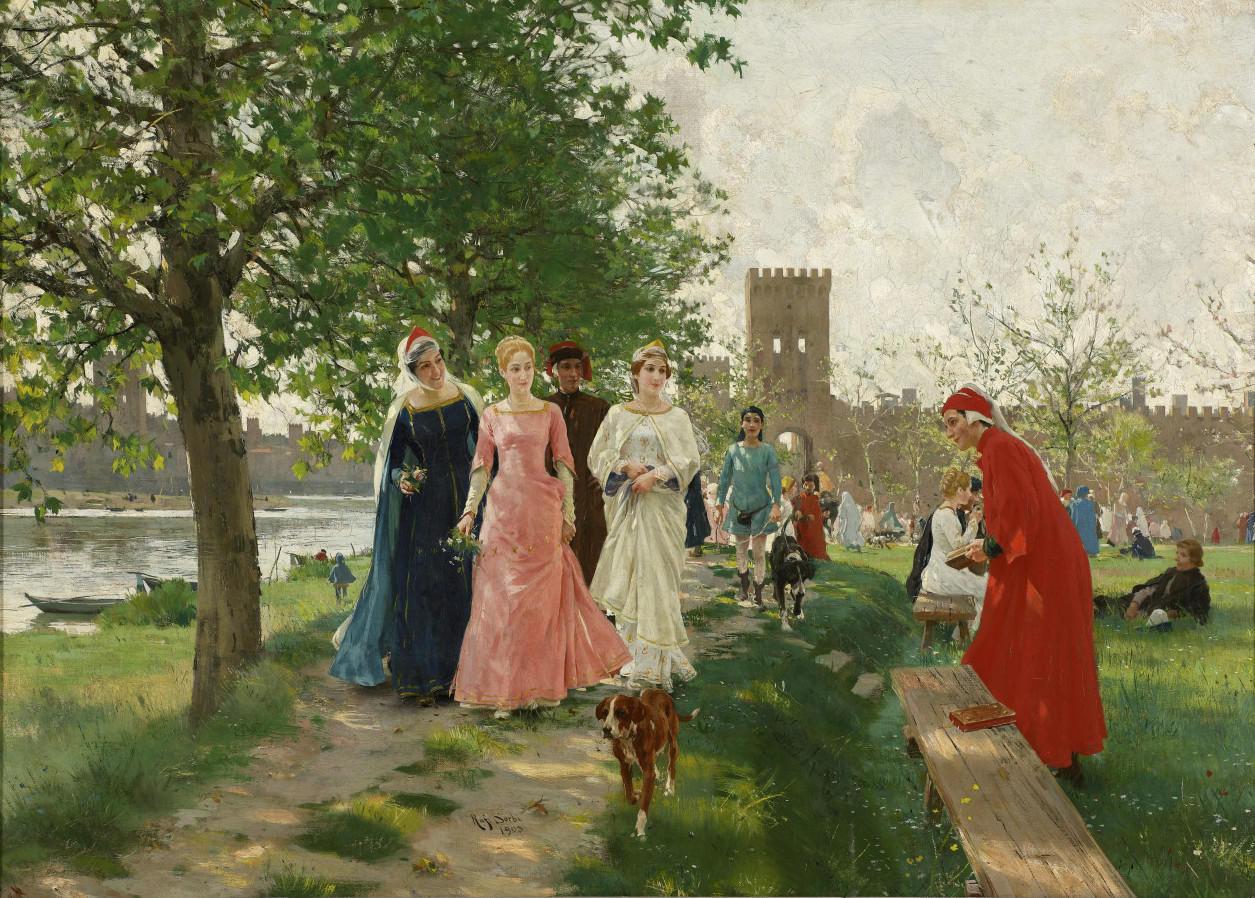
DANTE’S WOMEN: FROM THE “DIVINE COMEDY” UP TO NOWADAYS
They are muses, angelic women, sinful women, lovers, mythological, historical creatures, close to the poet, but above all, they are examples (both in good and bad terms). Dante elevates the female figure, putting her under the spotlight when he meets her along the way, listening to her and making her the protagonist through some triplets, exalting her humanity whether it is a real or fictional character. Not many women are mentioned (just think of the historical context, strongly influenced by religion, where women lived and died unknown), but those who are become emblematic for their history and, precisely, according to their history, are then placed by the poet in the three “Cantiche.”
Four memorable female names stand out in the “Divine Comedy,” and we want to focus on each of them by talking about how they were seen by Dante and how, considering their history and personality, we like to imagine them in 2021, especially from a stylistic point of view. Leaving behind the heavy and precious fabrics, the trains, the elaborate decorations, and the clothes that highlight the shapes, what would they wear today?
BEATRICE PORTINARI
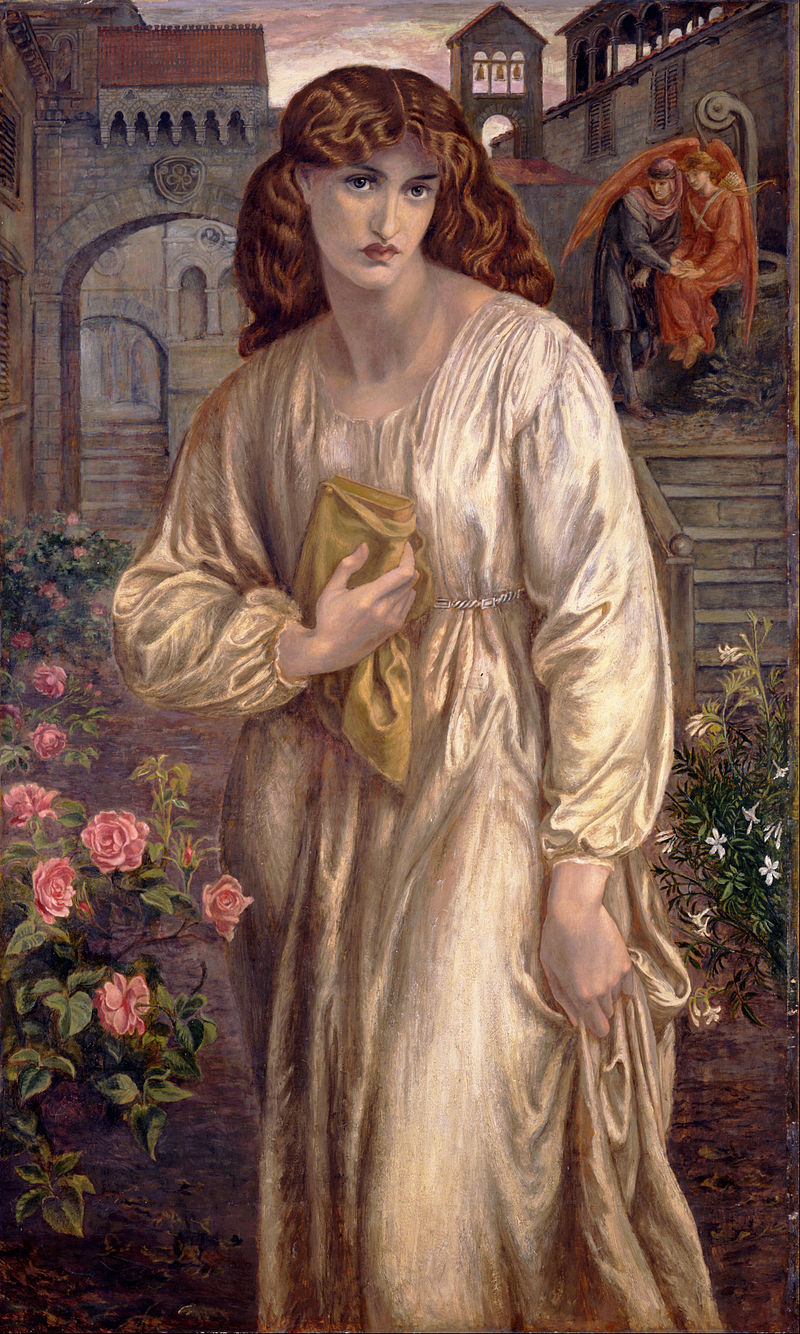
“A creature sent from Heaven to stay on Earth, and show a miracle made sure:” this is how Dante speaks of Beatrice, the one woman she loves, one of the angelic women par excellence of the Dolce Stilnovo. The young Beatrice Portinari enlightens the life and poetics of Dante, while never establishing a relationship with him: her beauty is otherworldly, heralding Christian salvation, and rich in every virtue, able to ennoble and inspire the spirit of anyone who encounters her. Dante’s feeling towards him is of spiritual love, following the influences of the Dolce Stilnovo, and it is she who guides Dante (although not directly, at least until the XXX Canto of Purgatory) in his otherworldly journey, also playing the role of Muse and embodying the beauty and light of Absolute Love.
Human and divine at the same time, we imagine Beatrice in 2021 walking through the streets of Florence, modestly avoiding the gazes of others, heading to a new art exhibition, and with a Pinterest profile (not Instagram, she rarely updates it because she hates showing off) all dedicated to mood boards and a dreamy aesthetic. But, most importantly, we like to depict her wearing Cecilie Bahnsen‘s casual outfits, possibly with balloon skirts and sleeves and in pastel colors, or even better, white.
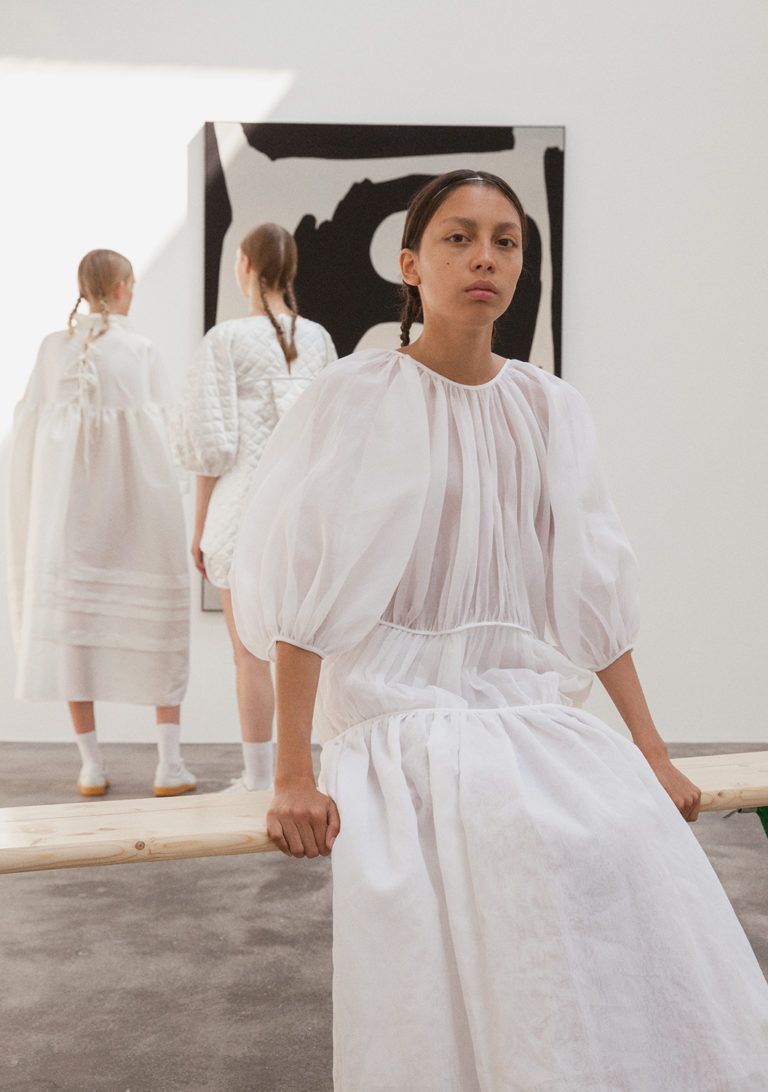
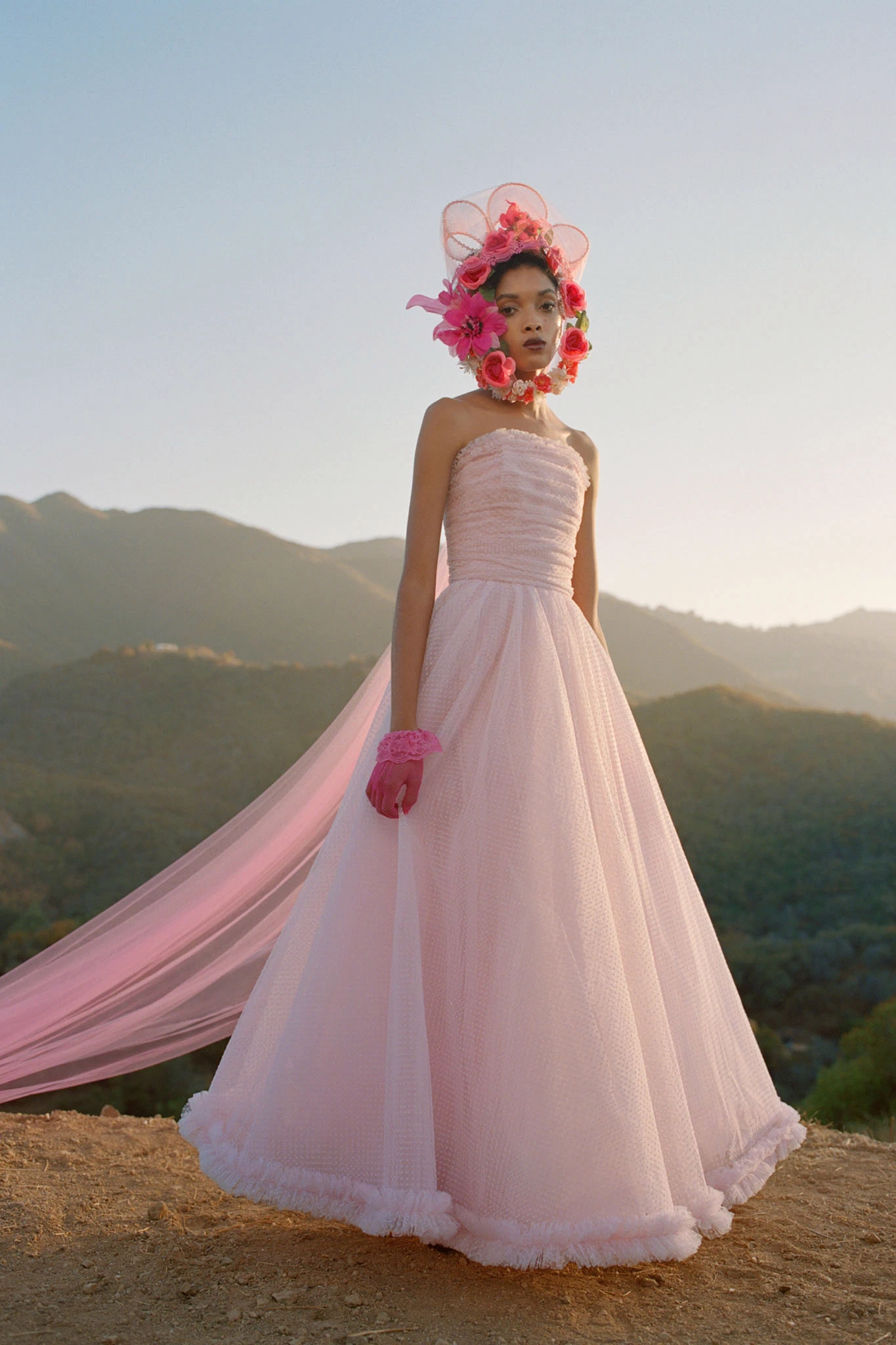
Hair tied up in a long braid, comfortable flat shoes (such as slingback or espadrilles), wide tote bag (the Loewe straw one would be perfect), natural makeup (except for a touch of color on the cheeks thanks to Glossier’s Cloud Paint blush) and she’s ready to go, on foot possibly, without noticing Dante’s gaze following her in total admiration.
When she has an important event, instead, the 2021 Beatrice wears the wide dresses by Simone Rocha (always in soft shades and preferably with a structured bodice) with precious details and low-heeled shoes. The element that stands out is the Pearl Egg Bag. A wide headband and pendant earrings complete the look. Lastly, as a great lover of nature, she adores Rodarte‘s clothes, those with sinuous lines and elaborate details, with bows, transparent details, and floral accessories. While walking “so gentle and so honest,” she is wondering whether she should wear a creation from the Spring 2018 collection for her wedding… Yes, that would be perfect!
FRANCESCA DA RIMINI
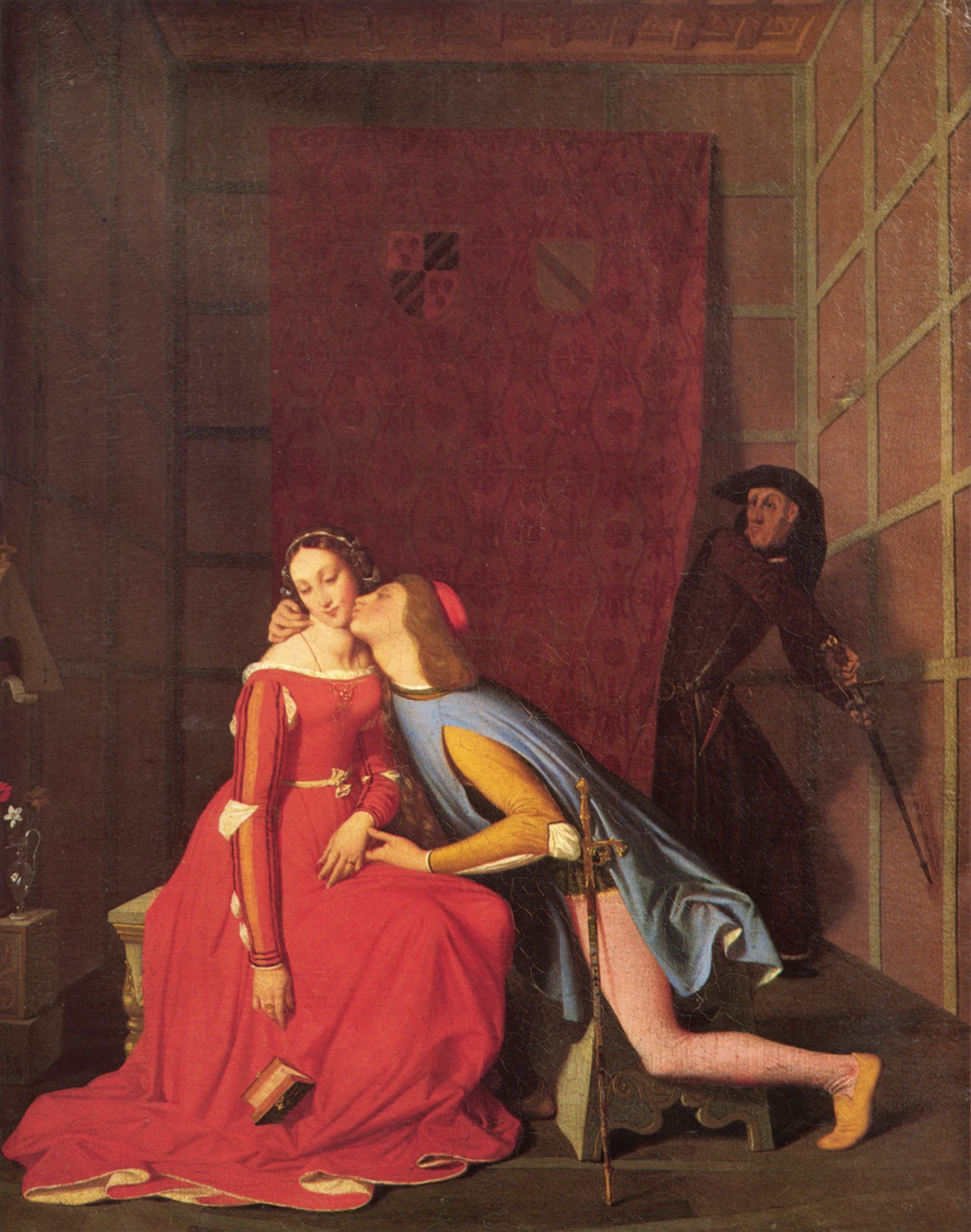
“The love which compels whoever is loved to love in return:” to pronounce these words in the Fifth Canto of Hell, where the souls of the lustful are dragged around the Circle by a constant storm, is Francesca Da Rimini, or Da Polenta. She is the one who approaches the poet in a courteous, sensitive, and nostalgic way to tell him the story of himself and of his beloved Paolo Malatesta, her brother-in-law, whose soul is linked to that of the woman even during the eternal torment. The kindness of the woman is however stained by a sinful love: Paolo and Francesca, when they were alive, exchanged an adulterous kiss while reading a chivalrous novel, right when Lancelot kisses Geneva. “A Gallehault, indeed, that book and he who wrote it:” surprised by her husband, Gianciotto, they were murdered soon after.
Francesca’s story is among the most touching in the “Divine Comedy,” in-between sin and romantic charm: it is also the image of burning passion, desire, the appeal of the forbidden, and, at the same time, a warning for the possible (and nefarious) consequences if someone decides to let go. For this combination of inspirations, the color that the 2021 Francesca prefers is red to symbolize her passionate soul, her willingness to live life to its fullest, and her nostalgic spirit, at the same time. For this reason, she loves Valentino, its clothes with sinuous shapes, transparent but well-studied details, and, above all, characterized by the iconic color of the Maison.
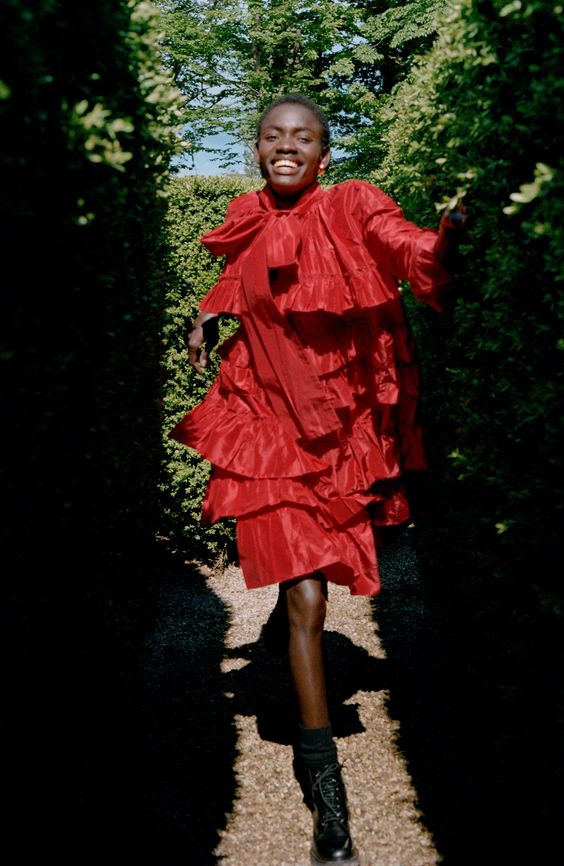
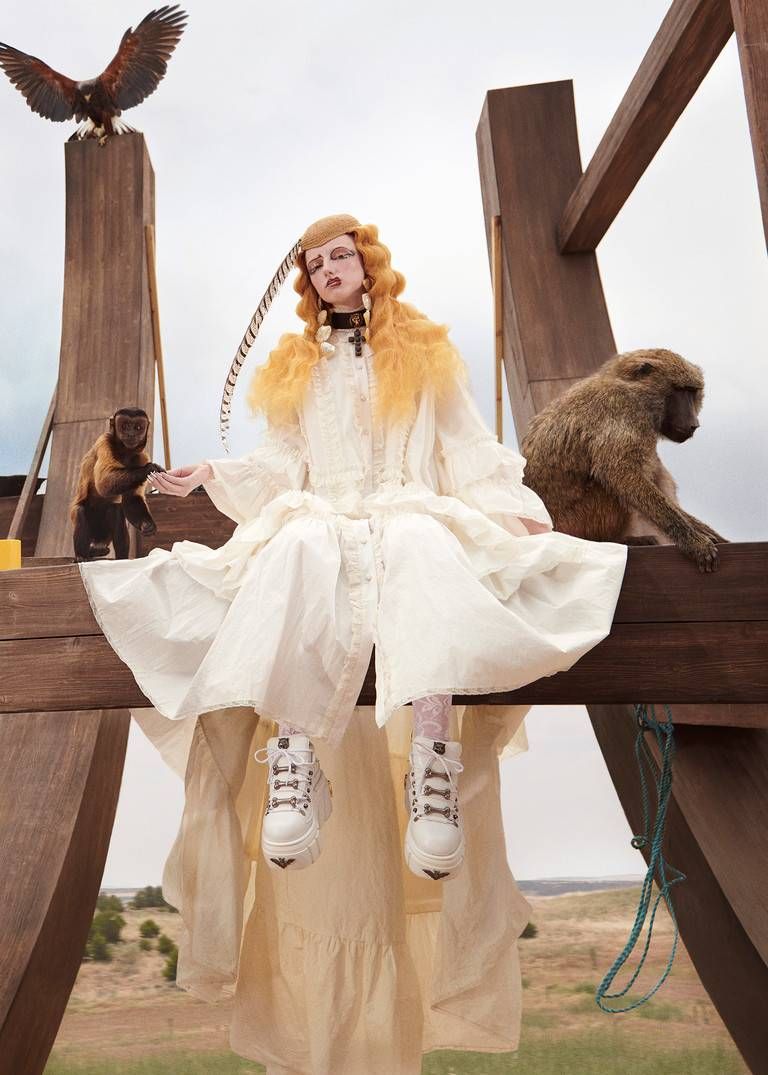
Francesca does not like accessories, because she knows that the color is enough to attract the attention of those she wants and no one else. At the same time, fascinated by the idea of daring, she does not miss a collection by Alexander McQueen: in fact, she would like to show off more structured shapes, bold details, large hoodies, and embroidery. However, her absolute favorite show is the Gucci Cruise 2019, staged in the necropolis of Arles: a triumph of exaggeration and shocking details, where death, life, and love were the protagonists. She wonders why she feels so attracted to these topics…
PIA DE’ TOLOMEI
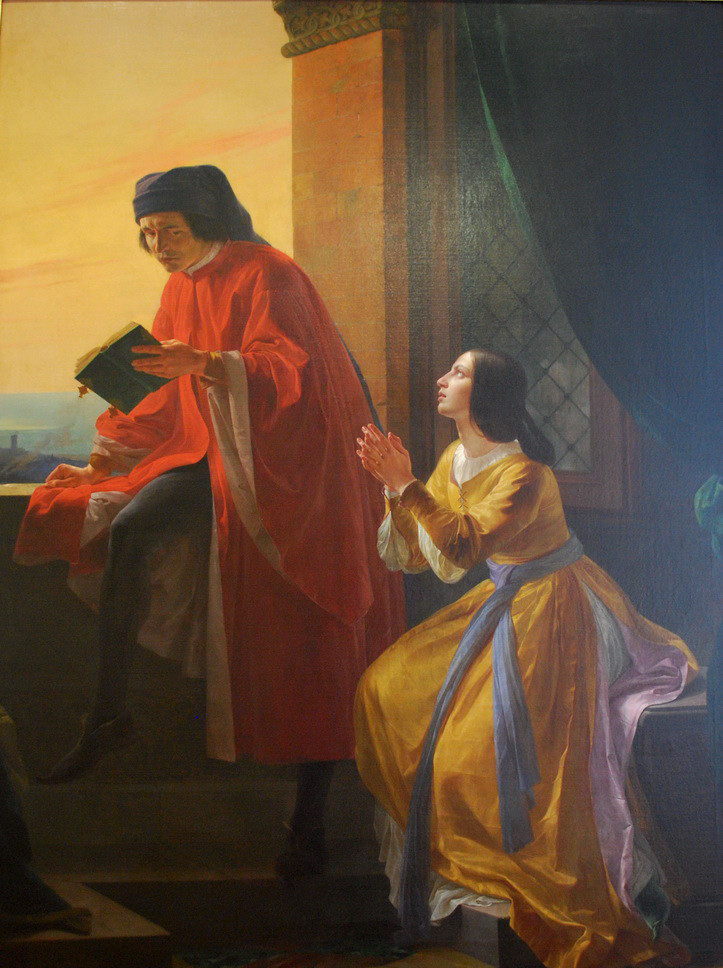
“Please remember me, who am La Pia. Siena made me, in Maremma I was undone:” in the second leap of Ante-Purgatory, described in the Fifth Canto of Purgatory and where the dead of violent death who repented at the end of their lives are located, Dante meets the soul of the noblewoman Pia de’ Tolomei, a Sienese woman killed by her husband for unknown causes, maybe jealousy. In describing her very brief encounter with Pia, Dante shares the image of a mild, sweet, discreet, and modest woman, who, despite everything, does not hold a grudge against her husband and who politely asks the poet to pray for her to accelerate her ascent to Paradise. Poignant and melancholy, Pia is one of the most memorable female figures in the “Divine Comedy.”
With the same melancholy and mysterious attire, we imagine Pia in 2021, too shy even to ask questions for fear of disturbing, a young woman who loves to fantasize, a sincere, loyal friend, deeply in love with the idea of love. She does not like to show off, however, she always knows what to say or do at the right time: as far as clothing, she likes formal, classic, and structured looks, conveying a sense of respect and dedication to which she constantly aspires. That’s why she wears Jil Sander‘s suits, with oversize blazers and minimal looks typical of timeless sophistication, almost genderless.
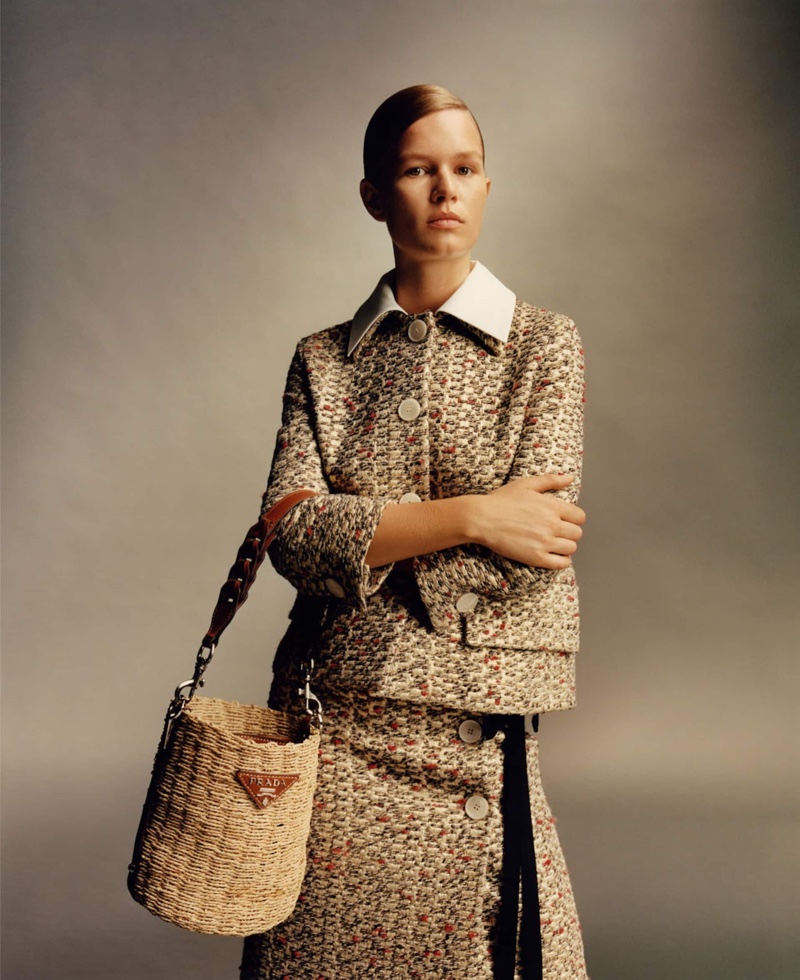
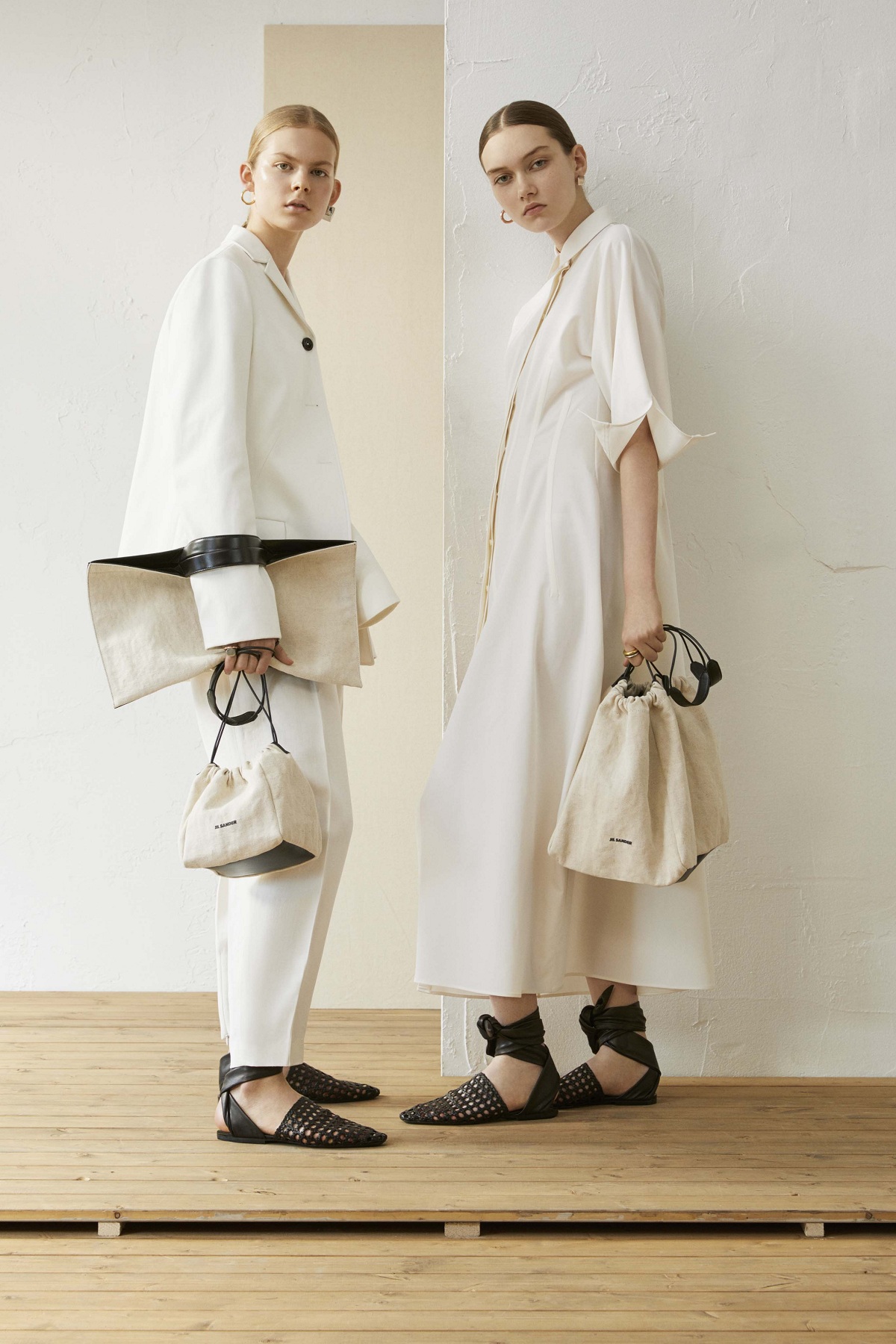
She likes large pockets and bags, comfortable leather shoes, and a total absence of accessories, if not some delicate jewelry piece, all in the name of a keyword: minimalism. Not by chance, she’s a big fan of Phoebe Philo’s work at Céline: why did she leave? Perhaps she has now found a good replacement in Daniel Lee, who’s the creative director of Bottega Veneta. Let’s wait and see but, at the moment, she likes his collection very much, Pouch Bag included. Anyway, she knows that she can count on a woman, an icon, a visionary who has always been able to adapt the archives and models of the past to give life to new and surprising creations, which attract both formal and young people, a middle ground in which Pia sees herself. We are obviouslt talking about the Signora, the one and only, Miuccia Prada.
PICCARDA DONATI
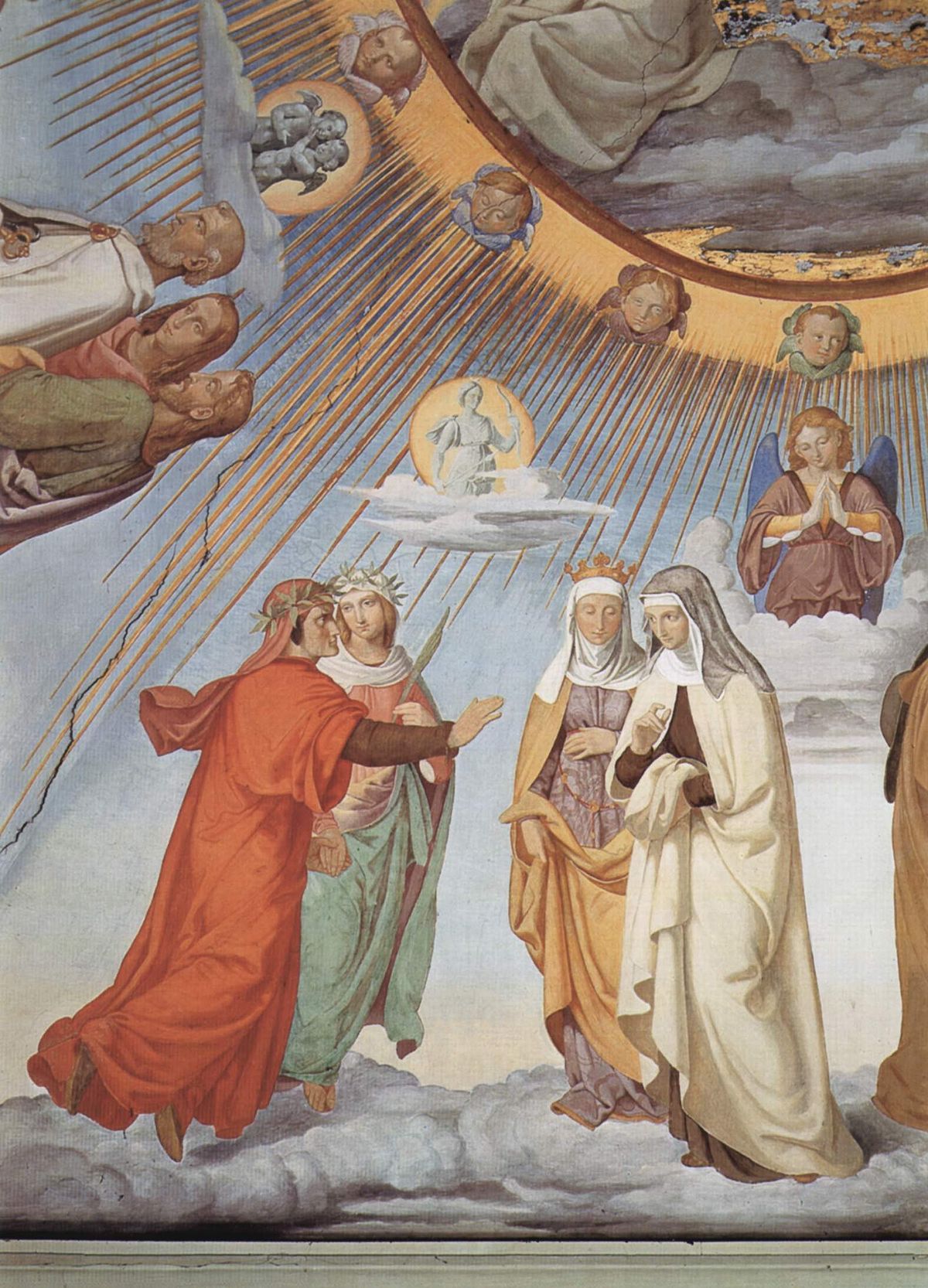
We are in the third Canto of Heaven, precisely in the Sphere of the Moon, where we find the blessed souls who were forced to abandon their vows while remaining faithful to their vocation even after. Here, Dante meets Piccarda Donati, who tells him his story “Hence promptly and with laughing eyes,” animated by Christian charity. Piccarda was kidnapped from the convent of the Clarisse, where she had chosen to lock herself up to escape her brother, Corso Donati, who then forced her to marry his friend. Her figure is barely distinguishable surrounded by a strong halo of light, but she has all the features of blessed souls: charity, grace, goodness, fragility, and joy in being close to God.
She is perhaps the most difficult character to imagine in 2021, but one detail makes the job easier: the uniform. No longer that of a nun, but a symbol of strictness, dedication, respect, and formality, the same features with which we can see her in a contemporary society committed to fulfilling her duties. Three brands stand out over all the others to match her needs: first of all, Giorgio Armani. The king of elegance, timeless suits, and minimalism, where only one element stands out, even if it is only the cut of the suit. Strictly in classic shades such as gray, white, black, deep blue, and beige.
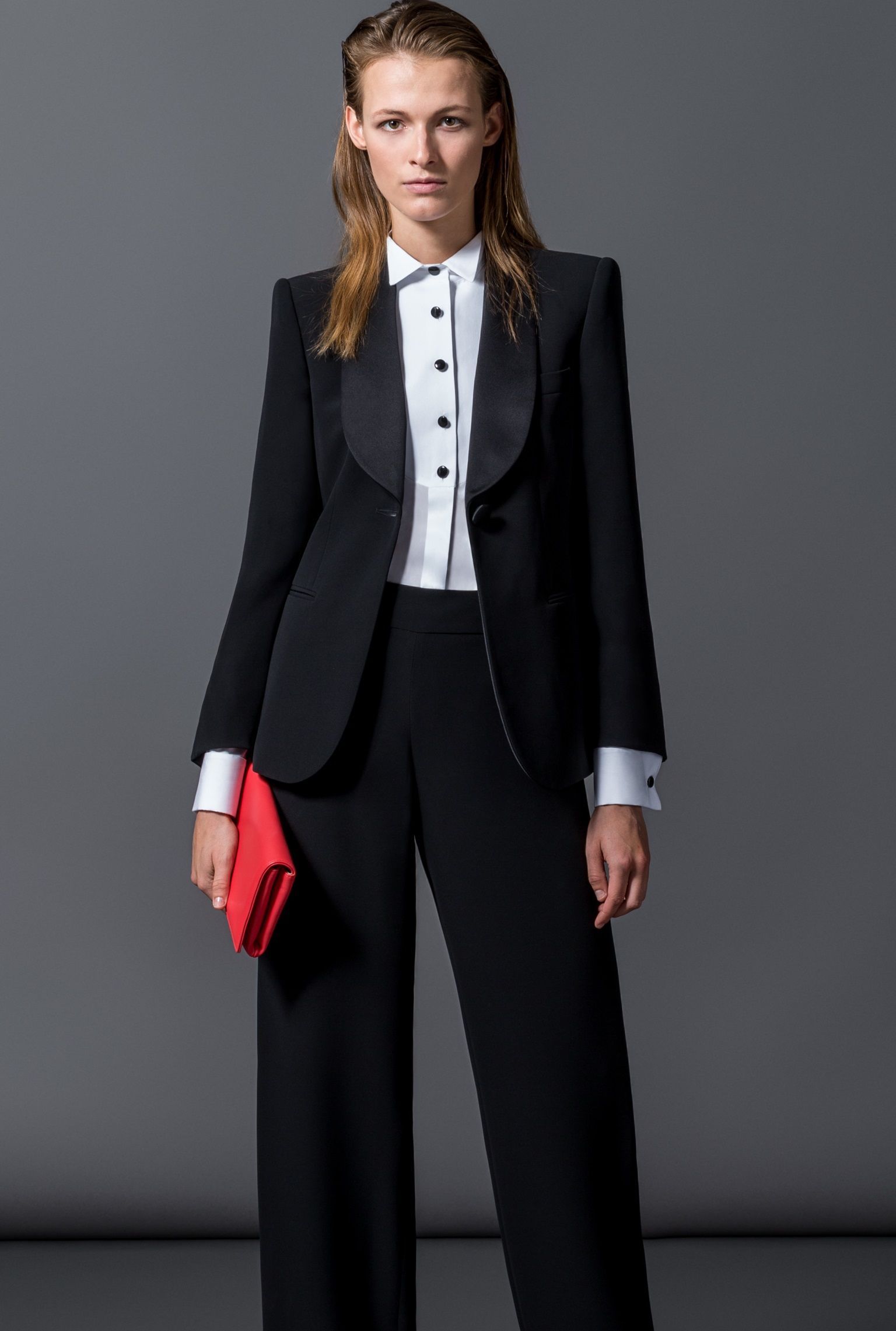
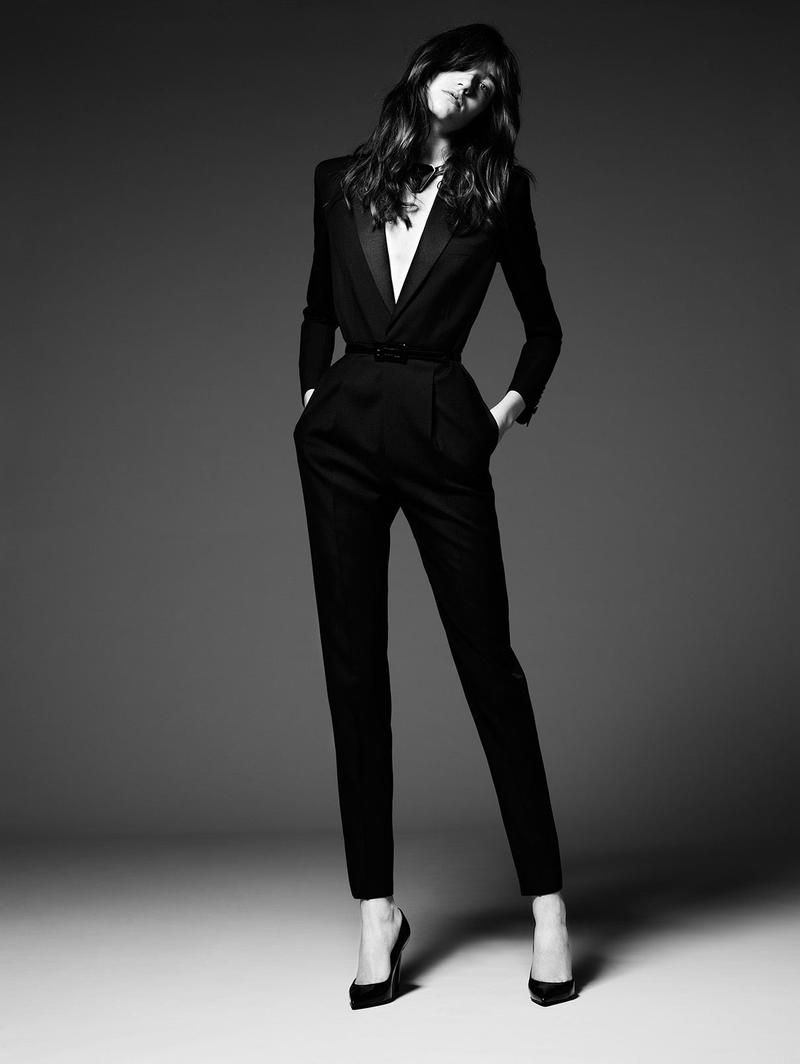
Piccarda does not like patterns, she prefers a modest headdress, leather gloves, low shoes, and a rigid clutch. However, it’s no secret that she has a passion for tulle and embroideries, elements that emphasize the craftsmanship of a cloth. She also loves Ralph Lauren, wearing its jacquard blazers, striped suits, and jackets or bow ties, especially the models from the 80s and 90s. Yves Saint Laurent gives a modern twist, while still being aligned to the rest: with its iconic tuxedos, ruffled shirts, gold buttons, and linear trousers (or calf-length skirts), it is the right compromise between past and present. However, she still doesn’t feel ready for sequins, but she’s fine with it.

